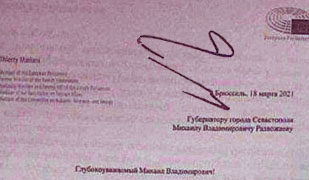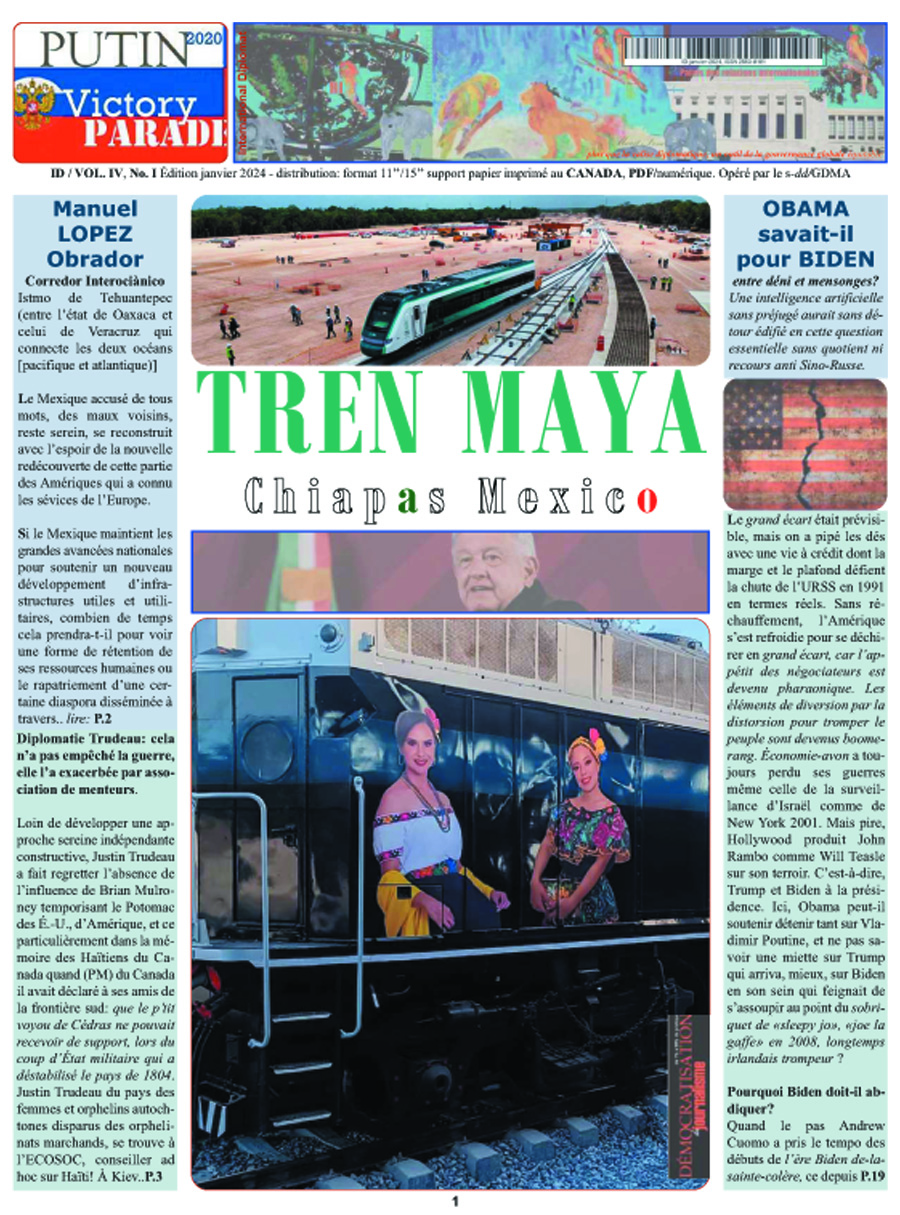The Maltese archipelago consists of three main islands – Gozo, Comino and Malta and several small islets. The islands are situated in the middle of the Mediterranean, between Europe and Africa. Control of Malta meant control of the Mediterranean with Malta 93 kms south of Sicily and 230 kms north of North Africa. Conquerors through the ages have left their mark on the islands: Phoenicians, Greeks (who named the island Melita, meaning honey), Carthaginians, Romans, Vandals, Goths, Byzantines, Arabs, Normans, Knights of St John, French and finally British, who held the islands until 1964, when Malta finally became independent.
In 1974 Malta became a republic within the British Commonwealth. Its capital and main port are Valletta. It is a member of the European Union and also a major player in hosting international, regional and cultural events. Valletta is named after the French Grand Master of the Knights of St John, Jean Parisot de la Valette, who succeeded in defending the island from an Ottoman invasion during the Great Siege of Malta in 1565
Malta’s close proximity and historical links to Sicily has had a significant influence on Maltese culture, language and the arts, including imported devotion to particular saints. The official language Maltese is of Semitic origin. English is widely spoken as is Italian followed by French and German. The majority of the Maltese are Roman Catholic but other religious denominations are also represented.
Knights Hospitallers
The Order of the Knights of St John was founded in Jerusalem around 1048 as a religious brotherhood and as hospitallers dedicated to defending Christianity. The knights were noblemen from the most important families of Europe. After having lost their military bases first in Jerusalem and then in Rhodes, the Order was acceded Malta in 1530 by Emperor Charles V of Spain, under whose crown it fell, on the condition that they would defend the island against Turkish attack. Malta soon became the stronghold of Christianity inevitably attracting the attention of the Ottoman Turks.
In 1565 the Knights and Malta suffered a violent attack by the Ottomans which ended in victory for the Knights. After this event known as the Great Siege, it seems they vowed to turn Malta into a fortress that befitted a military order with a capital city worthy of the illustrious group of noblemen.
The Knights’ full name is the Sovereign Military Hospitaller Order of St John of Jerusalem of Rhodes and of Malta. Today its Magistral Palace is in Rome with close ties to the Vatican and to many international organisations. It operates through twelve priories, forty-seven national Associations, l33 diplomatic missions, one worldwide relief agency and thirty-three national relief corps, as well as numerous hospitals, medical centres and specialist foundations. It does not pursue any economic or political goal and does not depend on any other state or government. The Constitutional Charter and Code governs the life and activities of the Order.* Its head is the Grand Master who governs both as sovereign and as religious superior, and is assisted by the Sovereign Council, which he chairs.
Following the First Crusade in the Holy Land, the Order emerged from modest beginnings providing care and protection for sick pilgrims in Jerusalem. Eventually it was awarded Papal Bulls (1113 and 1120) with permission to form a new religious order. In effect they became monks, as well as knights, taking the traditional three vows of chastity, poverty and obedience, in addition to a fourth vow, namely to protect pilgrims and fight the Muslim “infidel”. Gradually the Order assumed more military responsibilities in the protection of Christian territories and, like the Order of the Temple (The Knights Templar), played an important role in fighting the Crusades. However, at the same time, it continued to provide medical services and hospitality for travellers, hence its other title“Knights Hospitaller”. Amongst their ranks are canonised male and female ‘Saints and Blessed’ including the Blessed Gerard, Founder of the Order in Jerusalem.
The concept of the Warrior Monk was introduced as “Knights of Christ” during the Second Crusade, fighting the “evils” of the world. Regarding the Knights of St John, although “multi-national”, and drawn from the aristocracy across Europe, they remained until the expulsion of their Order in 1798, predominantly French. The driving force of the “warrior monks” was CROSS VERSUS CRESCENT, with the motto to protect the Christian Faith and a war cry, in honour and invocation of their patron saint, John. Their flag of St John, with a white cross on a red background, symbolised a white Cross of Peace on a “blood-red field of war”.
However, what later became known as the Maltese Cross was adopted as the emblem of the Order in 1126, being a powerful symbol, with eight points representing the eight beatitudes. These carried obligations for the Knights to live and practise the virtues of Faith, Truth, Repentance, Humility, Justice, Mercy, Sincerity and Whole-Heartedness. They were the eight blessings listed by Christ in his “Sermon on the Mount” summarising the ideals of Christian living.
Eventually these eight points became representative of the eight European national groups, known as “Langues” within which the Order was subdivided: namely Auvergne, Provence, France, Aragon, Castile (with Leon and Portugal), Italy, Bavaria (Germany), and England (including Scotland and Ireland). The English Order was dissolved under the reign of King Henry VIII (1491-1547).
During the early days one of the first tasks for each Langue was to build its own monastic inn or hostel, known as an Auberge. The auberges, together with the individual chapel of each Langue and all other important buildings, made up what was known as the Convent of the Order. They had to be strategically close to the city walls as each Langue had responsibility for defending its own section of fortifications in the event of attack. As the Knights of St John were renowned for their cultural sophistication, with bias towards a lavish life style, like the churches and palaces, the auberges inevitably moved on through the seventeenth and eighteenth centuries from the original austere designs to become architectural and artistic gems in their own right. Inter-auberge rivalry existed from the early days, often to the point of spilling blood in duels, arising from petty squabbles.
Birth of Valletta
The Great Siege had severely damaged the residence of the Order in the town of Birgu, Malta’s original capital. The then reigning Grand Master, Jean de La Valette, ordered the building of a new city. Pride of place in the centre of the city called Valletta was reserved for the Order’s Church. The building was completed in 1577 and dedicated to St John the Baptist, the Order’s patron saint. Hailed as Malta’s finest treasure, its original simple interior has been richly decorated and embellished by succeeding generations of noble and wealthy knights in the grandeur of flamboyant Baroque art. They built the first hospital in Valetta renowned for its size and dedicated to care of nobles and poor alike.
In 2015 the 450th anniversary of the birth of Valletta is celebrated with a major exhibition in the heart of the city. Titled The Great Siege of Malta it provides state of the art presentation of the attack with visual re-enactments of related historical, cultural and other aspects including the armoury used. There are also separate shows in the city highlighting archaeological and other history going back 7000 years depicting Malta’s role in Mediterranean and European history throughout the ages.
Today the streetscape of Valletta, encircled by fortifications, two natural harbours and the Mediterranean Sea, remains rich in attractive baroque architecture; domes and belfries, churches and chapels, statues and niches, gardens and squares, museums, theatre and art centres. There are still many well preserved sixteenth and seventeenth century palaces and houses of the nobility. Others, however, remain vacant; deteriorating and dilapidated, awaiting rescue, revival, renovation and rebirth.
In 1980, the “Citta Umilissima”, in its entirety, was awarded the status of a UNESCO World Heritage Site. Over the years it has also become an increasingly popular filming venue. Valletta has been designated as European Capital of Culture in 2018.
Ita Marguet, October 2015
Note: Acknowledgement is given to sources used in preparation of this text including ‘Streets of Valletta’ an in-depth walking guide around all the streets and alleyways of the enchanting city of Valletta, peppered with its many churches, statues, niches and other hidden treasures, a trove of “discovery, devotion and delight”. It succeeds a text titled *Military Order of Malta: Religion and Humanity, by Ita Marguet, October 2009 and follows a visit to Malta, September-October 2015.





